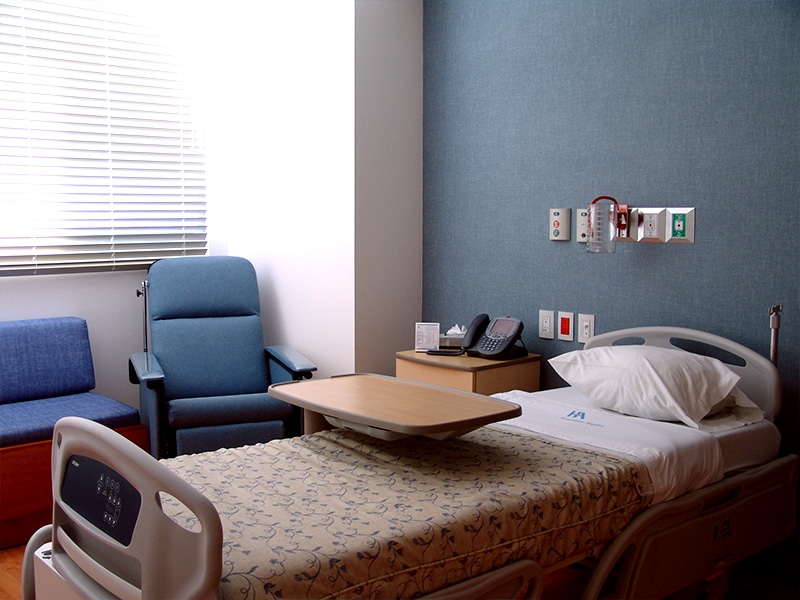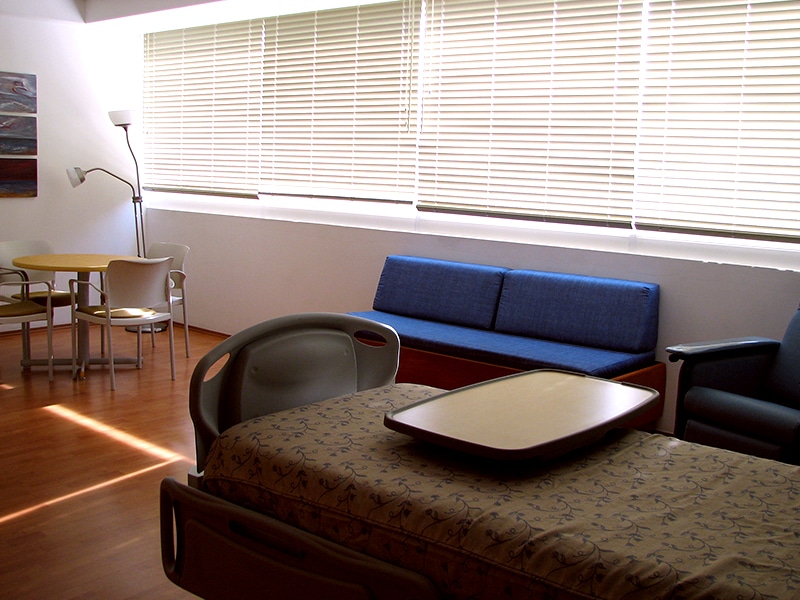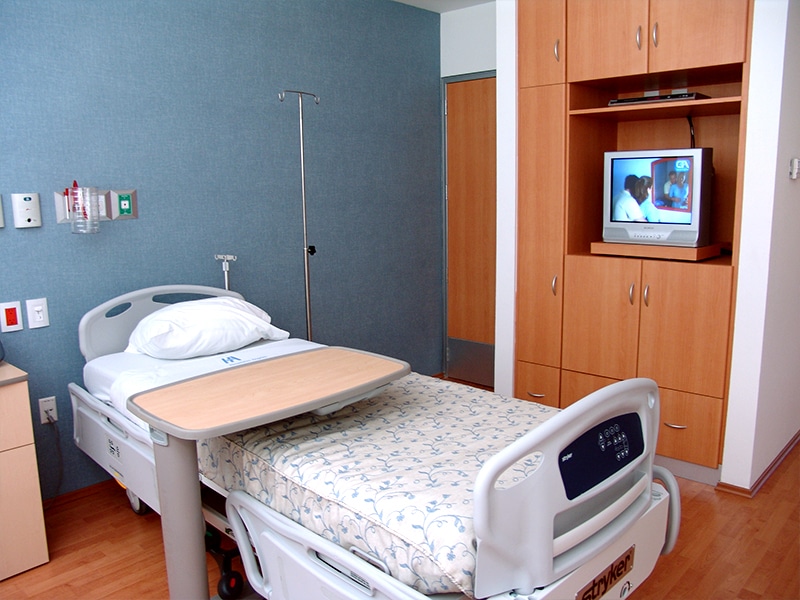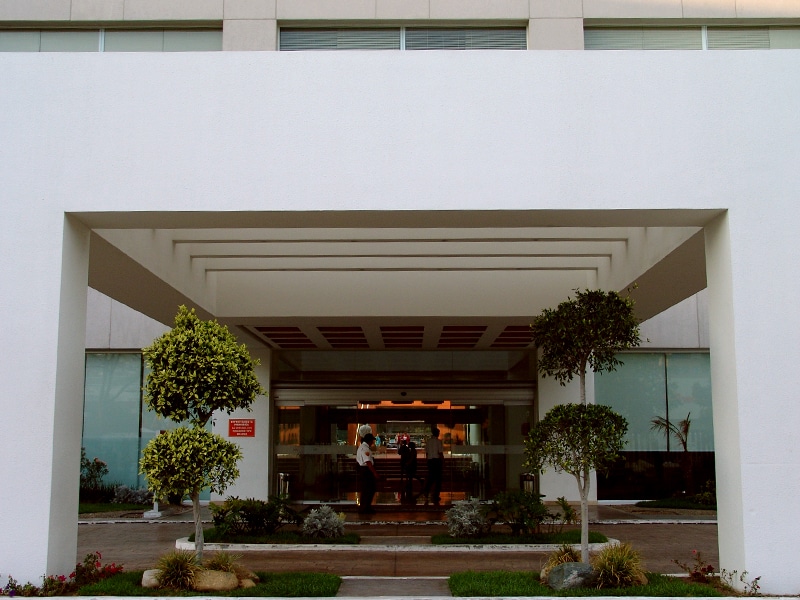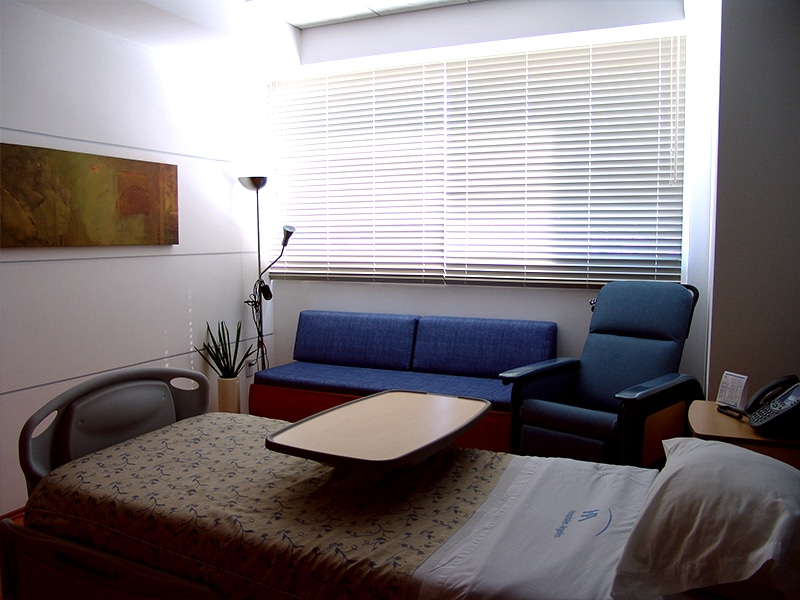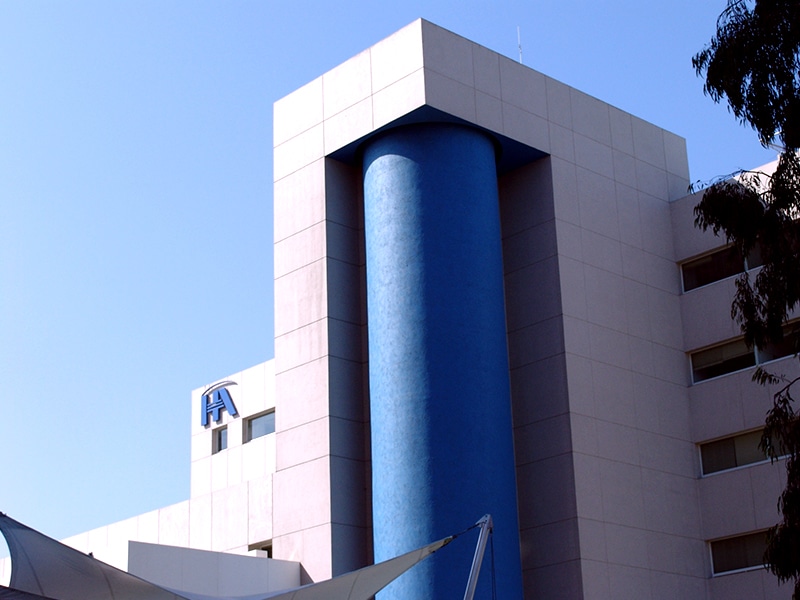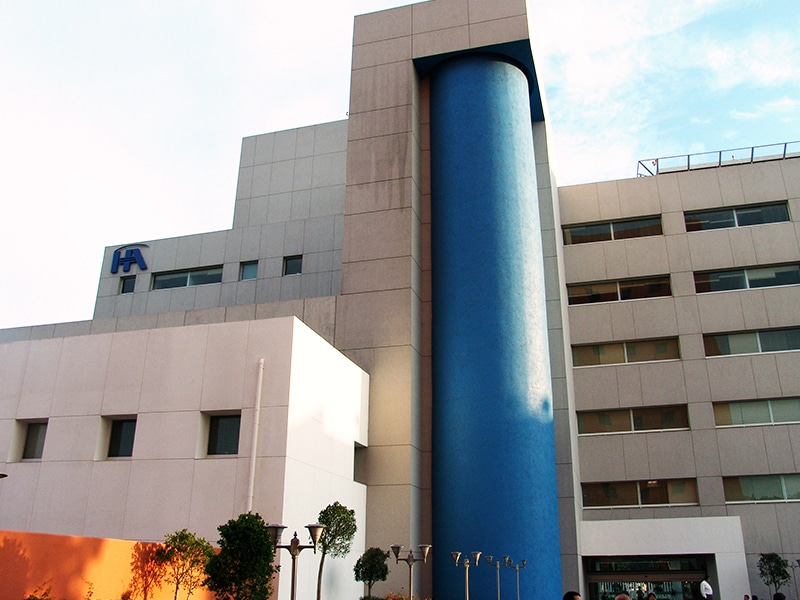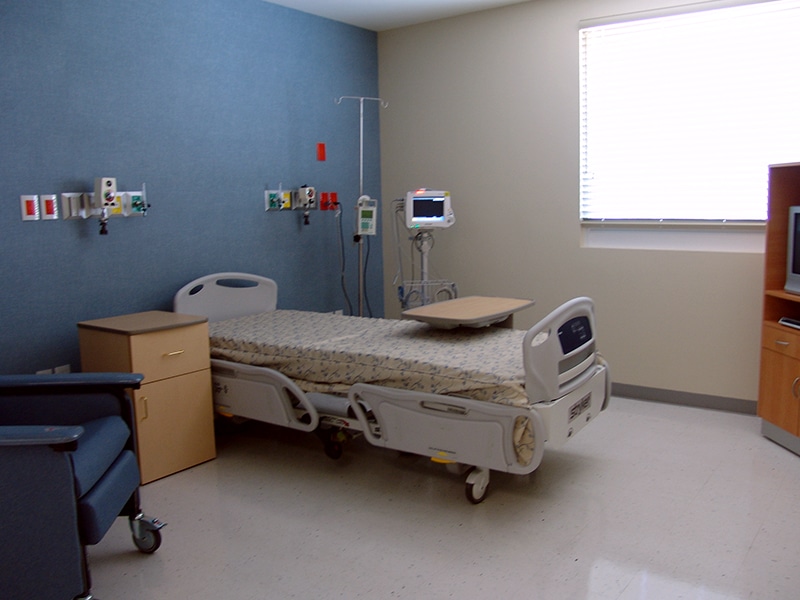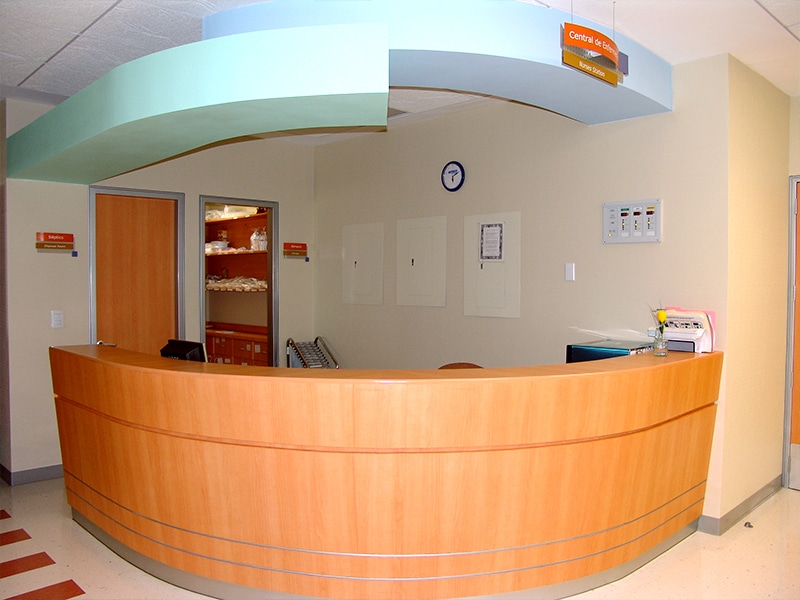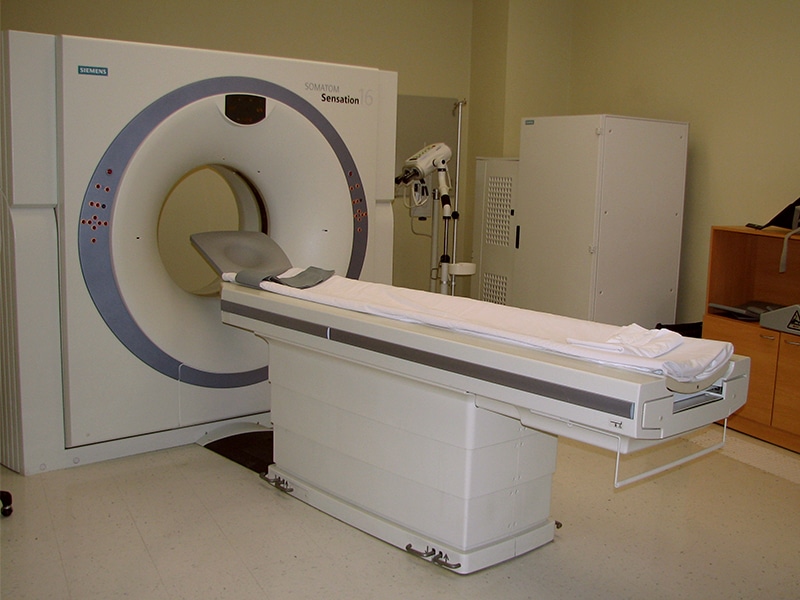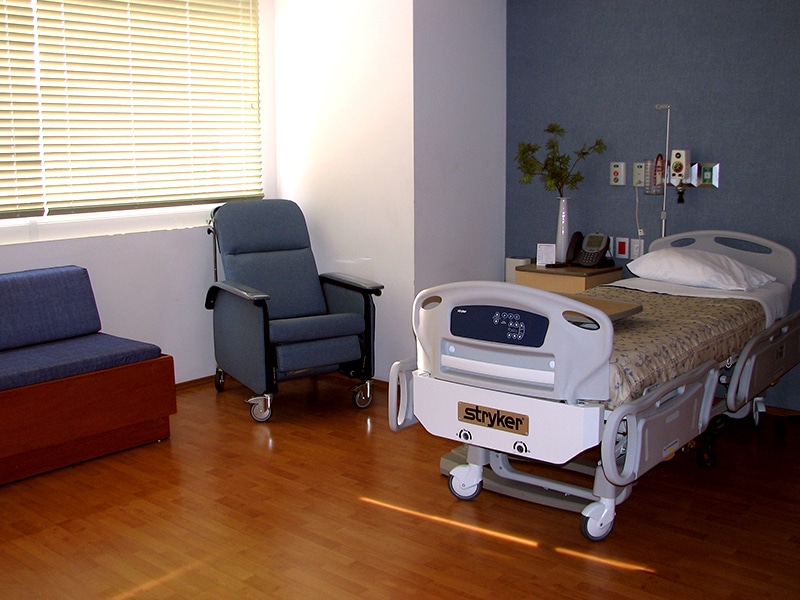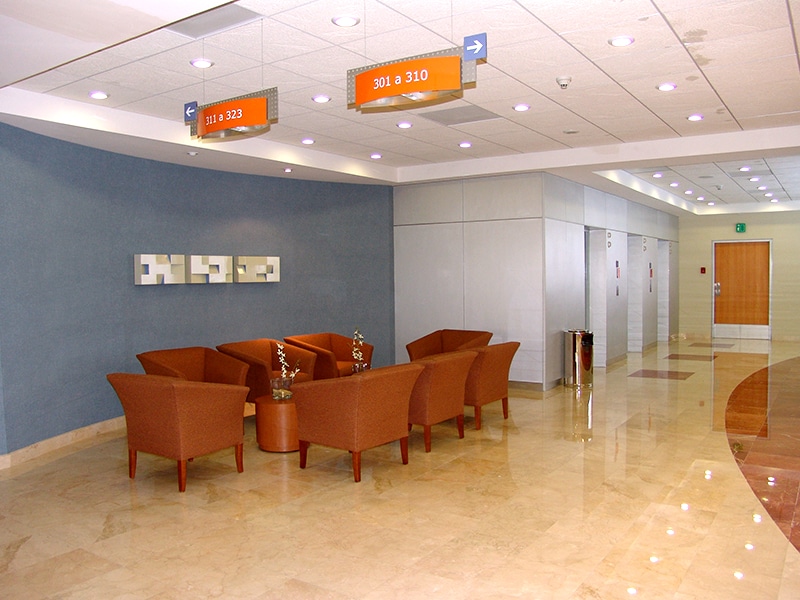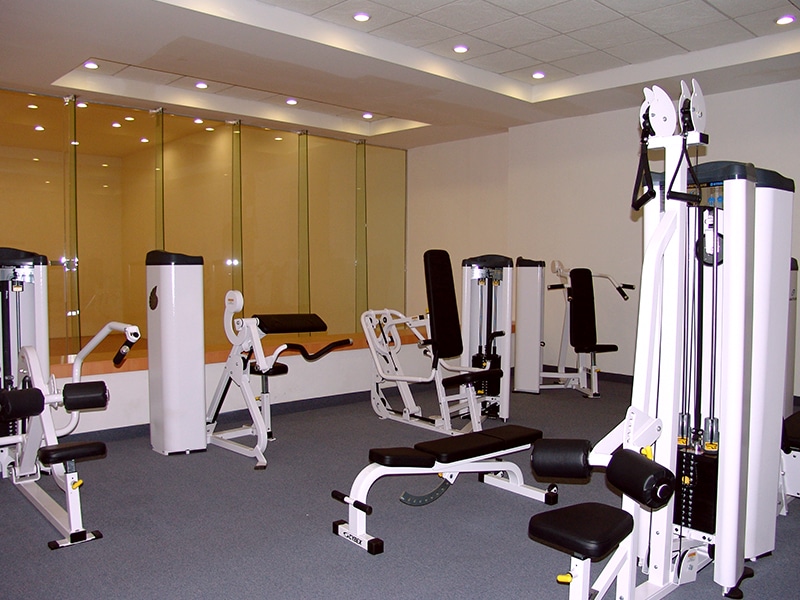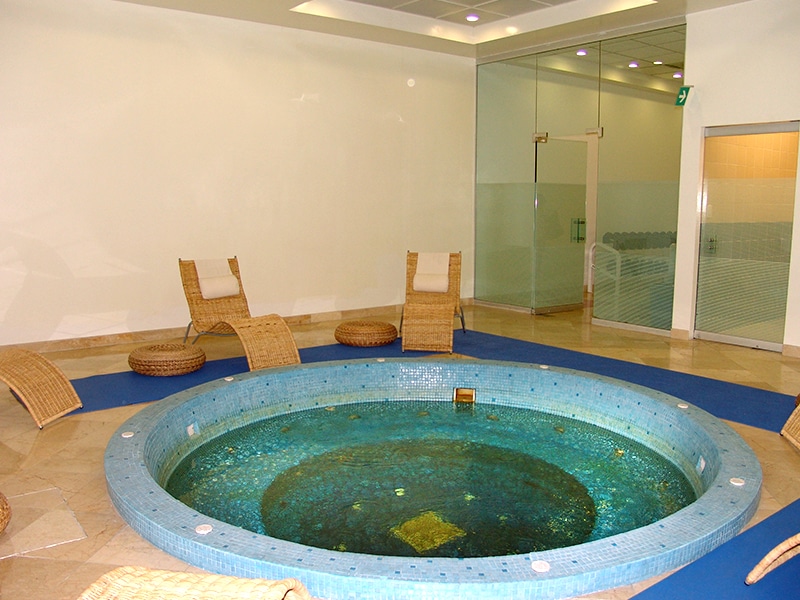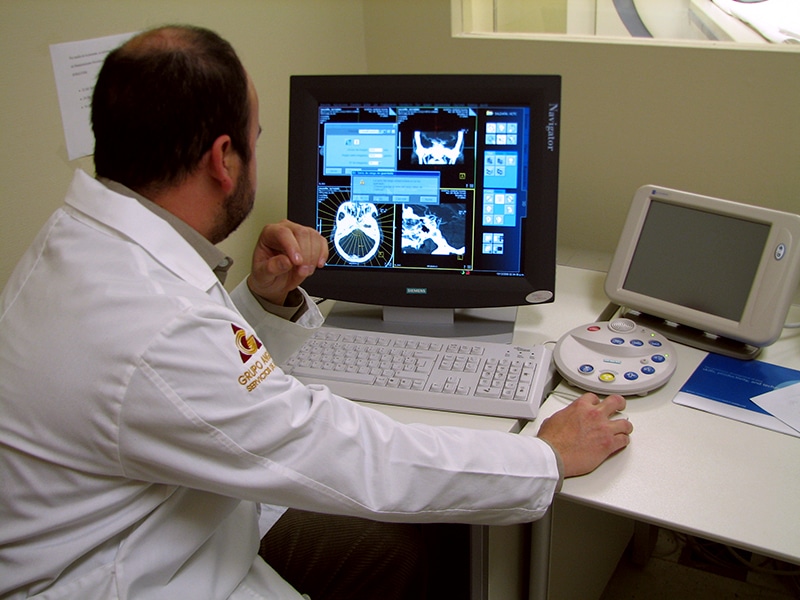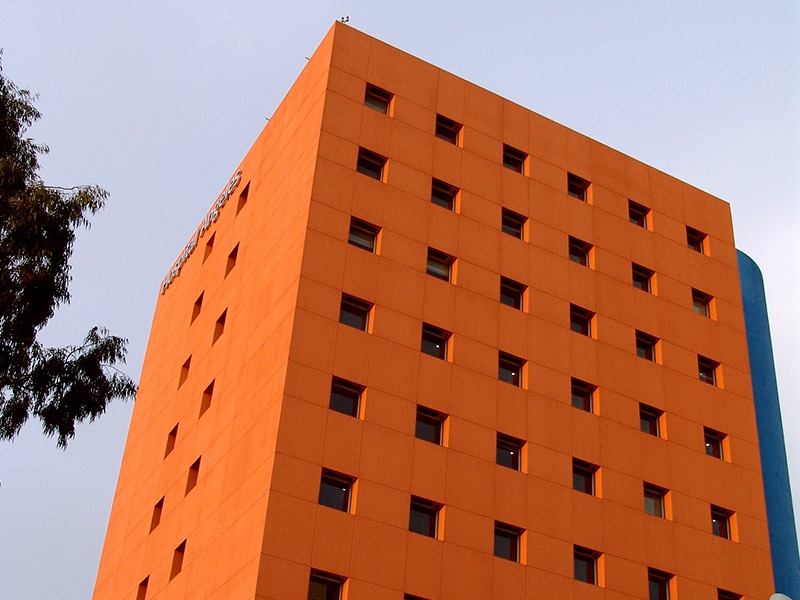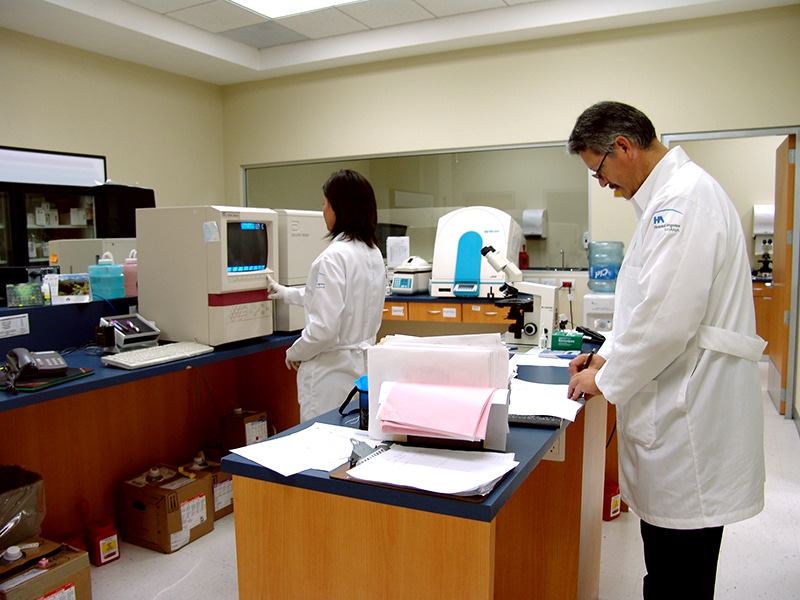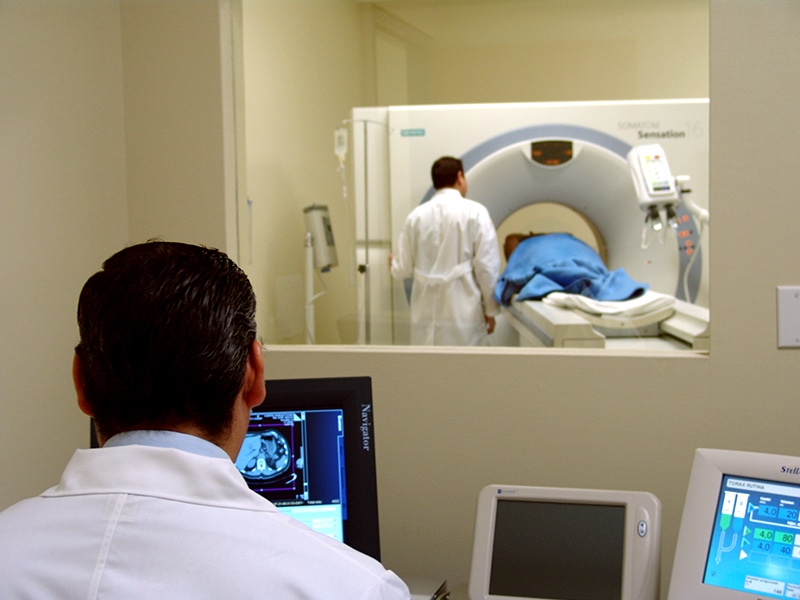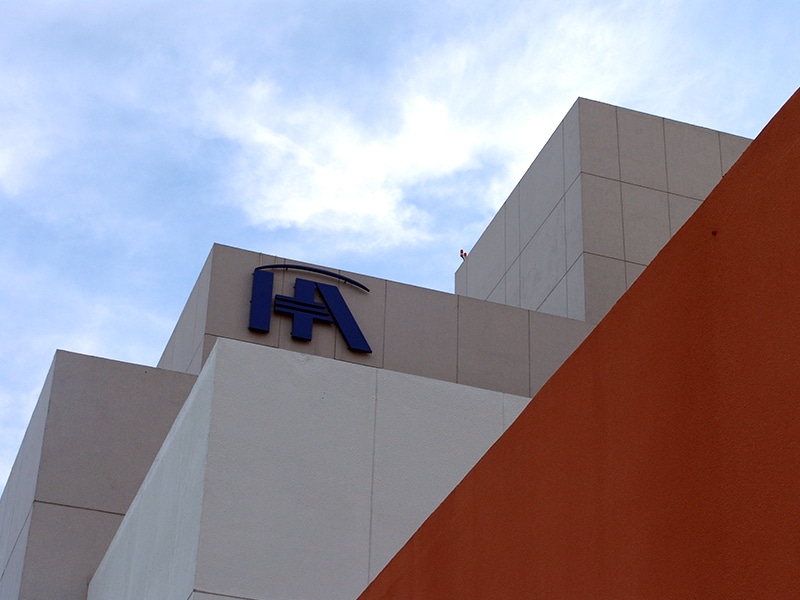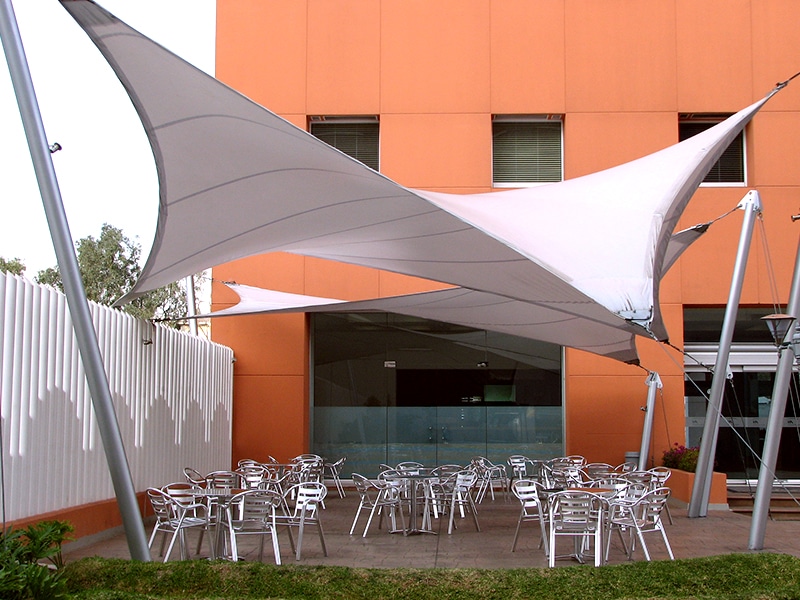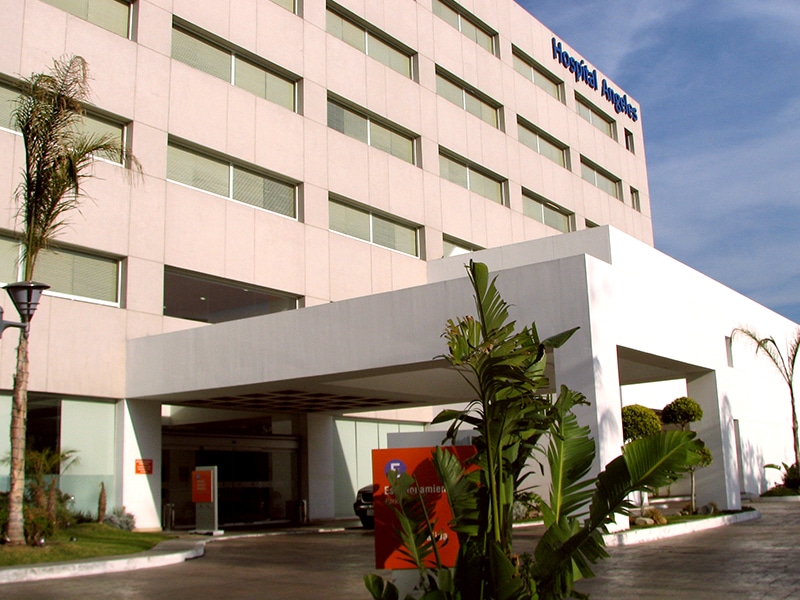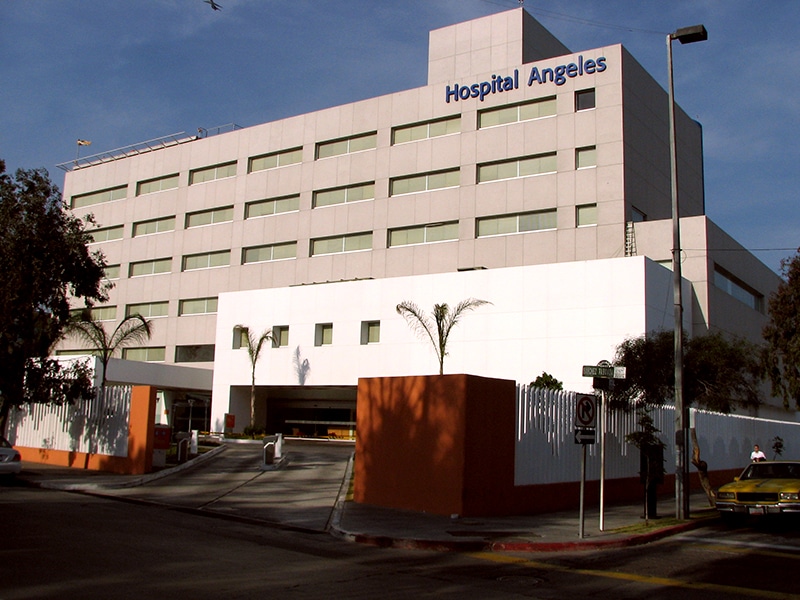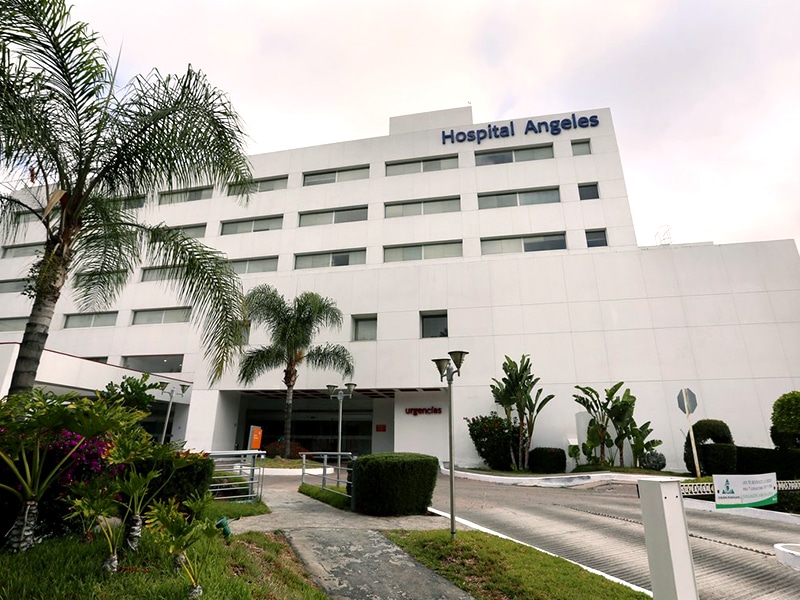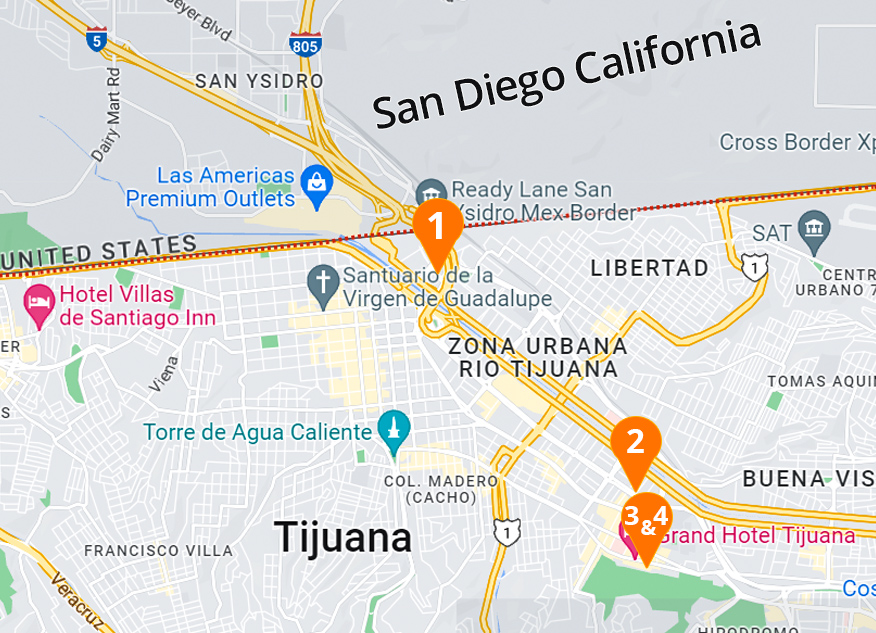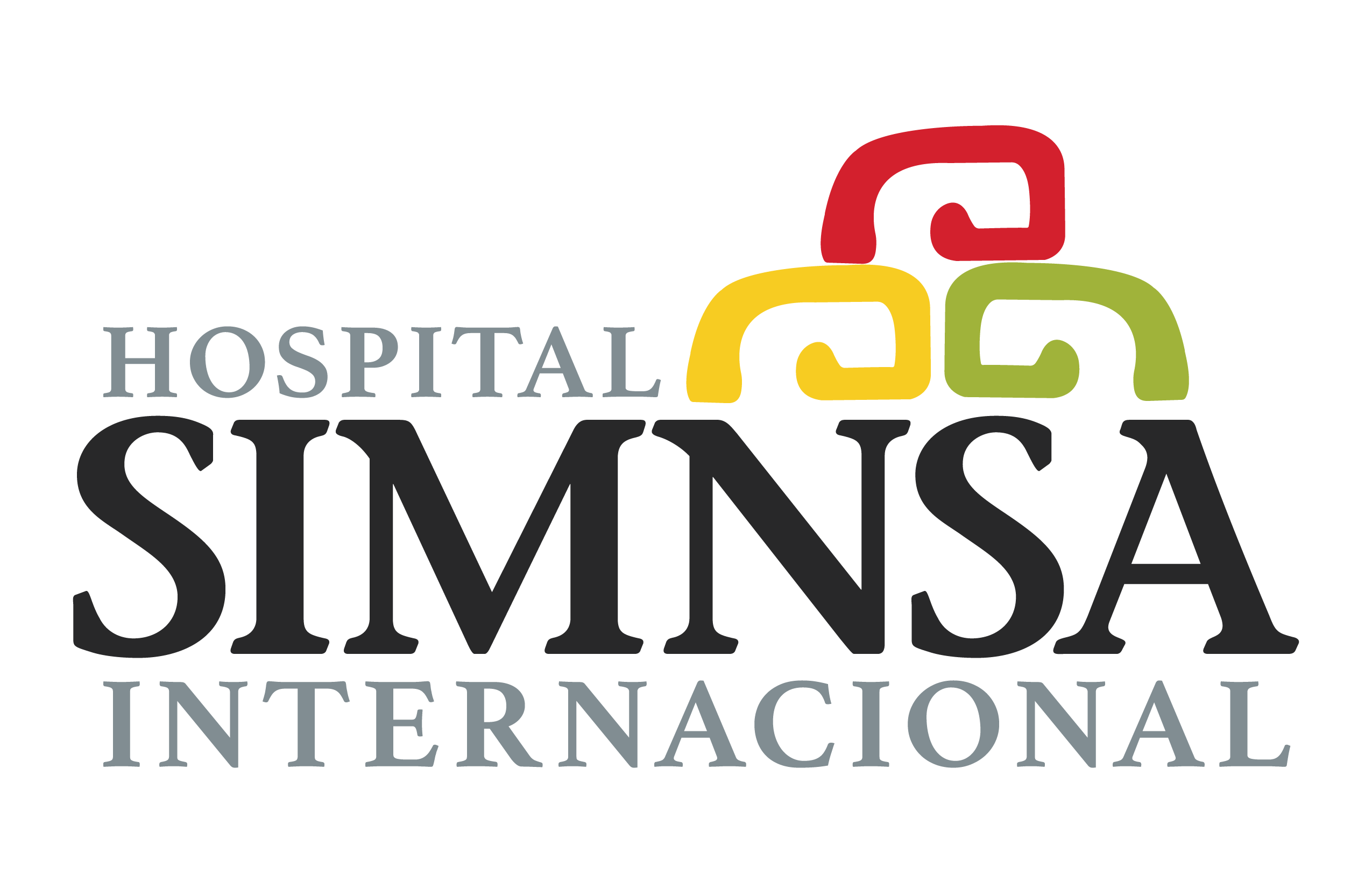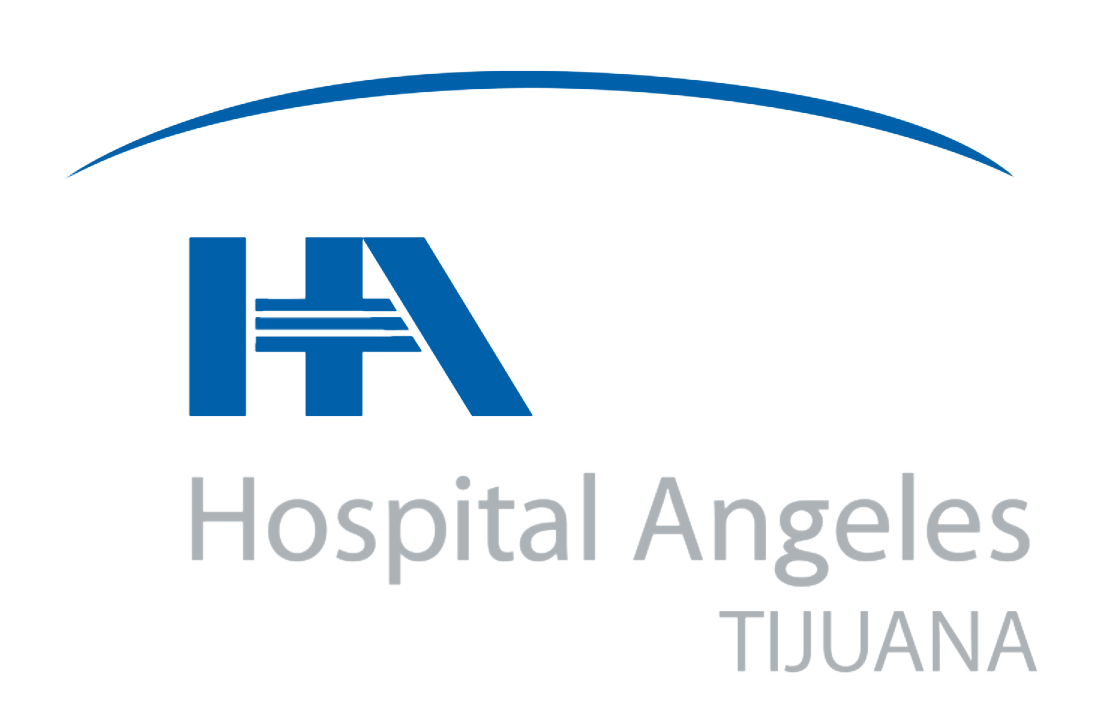LASIK Eye Surgery
Our Price: $ 2,500 USD
LASIK surgery in a U.S. clinics can cost on average $3,300 – $7,000 for both eyes, depending on the location and the experience of the surgeon performing the procedure. The average cost for standard LASIK at MedicalMex is $2,500 for both eyes, though cost may vary according to individual patient characteristics.
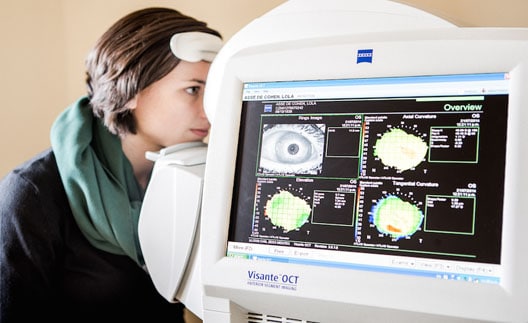
Angeles Hospital Facilities in Tijuana
Most Trusted and Recognized Hospital for +10 years
- Personalized attention with US based case manager
- Peace of mind of knowing you are getting treated by the highest quality and most prestigious hospital in Mexico
- Most recognized and trusted private medical institution in Mexico with over 10 years
- Fully equipped hospital with emergency rooms and 24hr. nurses for any type of unexpected situation (Not a Clinic like most)
- Best medical facilities in Tijuana
- Shuttle Service
- Many amenities
- Comfortable rooms with companion accommodations
LASIK Eye Surgery
Eye Vision Center of Excellence
Cost should never be the only consideration when deciding about your sight, however. We offer the support and expertise of a multidisciplinary team of specialists who help patients understand and manage all the challenges they face in reclaiming healthy vision. Our facilities and equipment represent healthcare value of the highest quality.
Patients receive the expert care of physicians, nurses and opticians dedicated to making the medical travel experience as comfortable, supported and secure as possible. Everyone at our medical team in Tijuana works to see that patients get the treatment necessary for surgical success and that they leave the hospital fully prepared to enjoy their improved sight.

